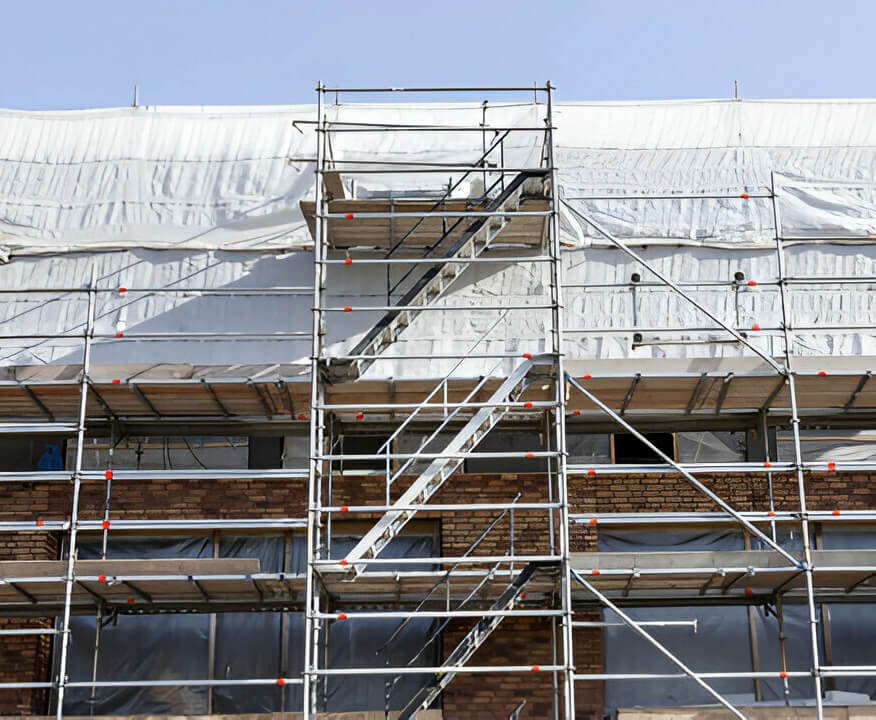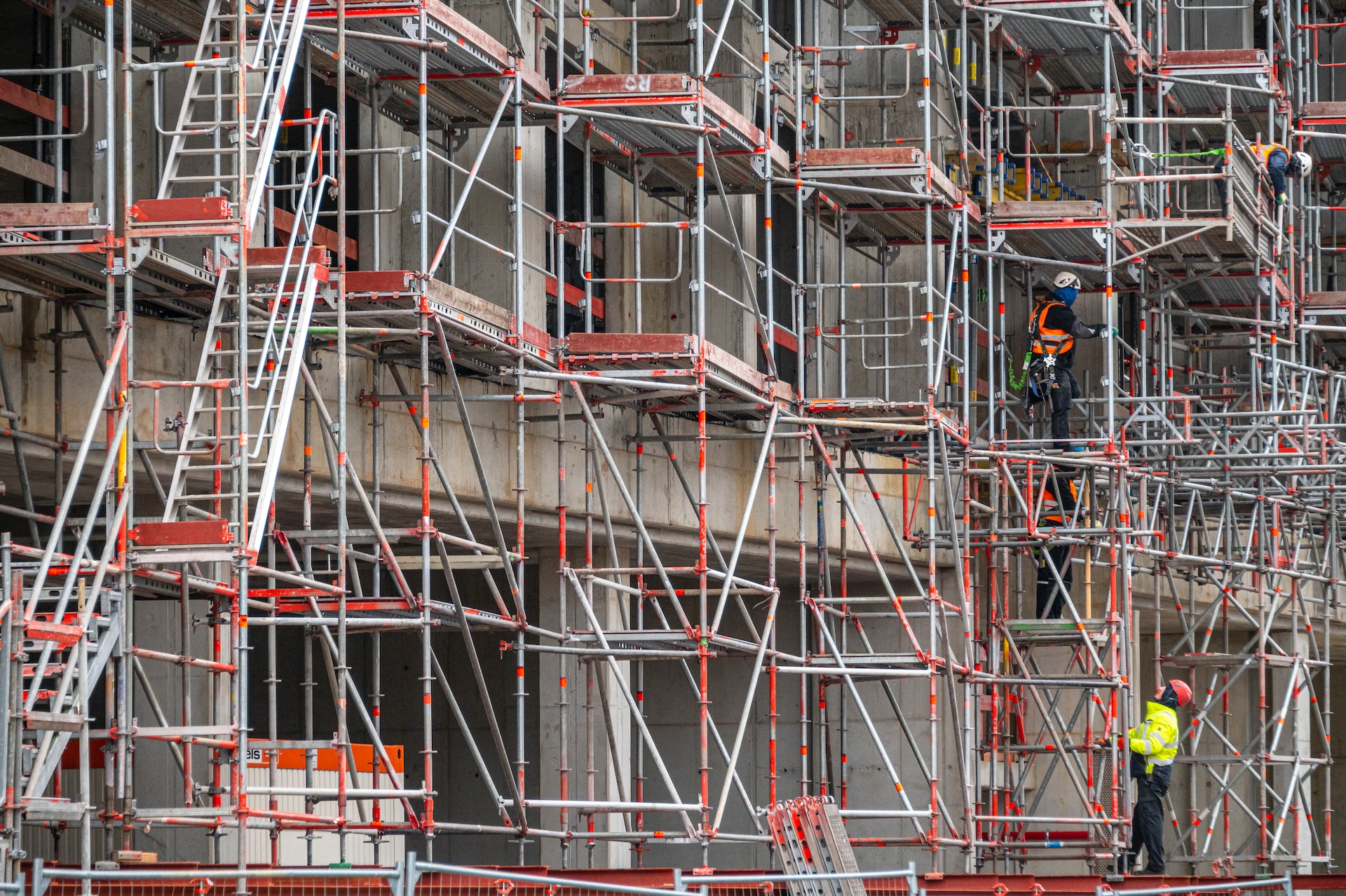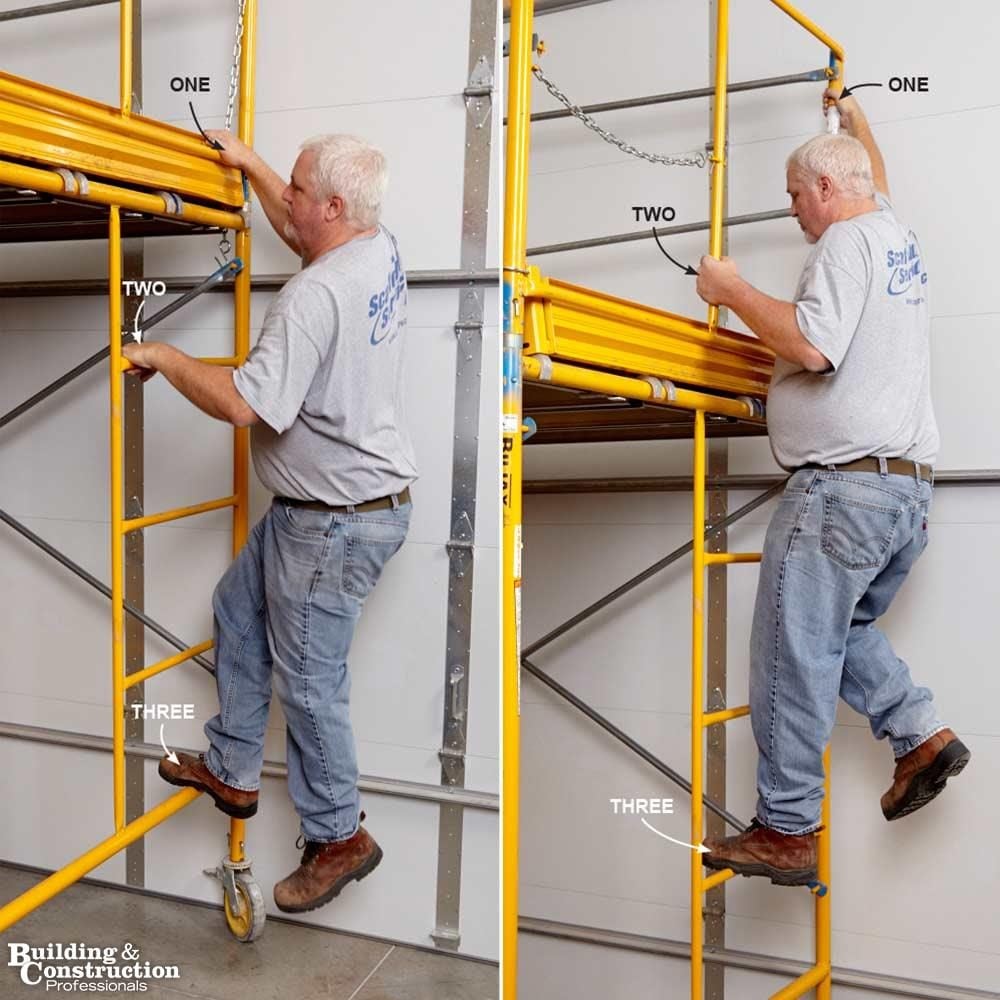Exploring the Different Types of Scaffolding Made Use Of in Building Projects
The building and construction industry relies heavily on various types of scaffolding to satisfy details task requirements, each offering distinct advantages and applications. Conventional framework scaffolding gives a tough structure for basic jobs, while put on hold scaffolding is essential for work on high-rise structures.

Typical Framework Scaffolding
Traditional structure scaffolding is among one of the most commonly utilized approaches in the building industry as a result of its toughness and adaptability. This system includes upright and horizontal frameworks that are put together to produce a stable platform for products and workers. The major components consist of vertical articles, straight ledgers, and angled braces, which together give a solid framework that can support considerable lots.
Among the key advantages of standard structure scaffolding is its adaptability to various building jobs, varying from domestic structures to huge business frameworks. The modular layout allows for easy assembly and disassembly, making it effective for both long-lasting and temporary jobs. In addition, the system can be tailored in elevation and size, accommodating different building designs and site conditions.
Safety is vital in scaffolding applications, and standard structure systems are equipped with guardrails and toe boards to avoid falls and make certain worker security. Additionally, routine evaluations and adherence to security policies are essential in preserving the integrity of the scaffold. Overall, typical structure scaffolding stays an essential choice in the building and construction market, offering a reputable platform for labor and boosting overall project performance

Suspended Scaffolding
Put on hold scaffolding offers an one-of-a-kind solution for building tasks that require accessibility to raised surfaces, especially in circumstances where traditional framework scaffolding might be not practical. This sort of scaffolding is normally put on hold from the roof or upper degrees of a framework, making use of a system of systems, pulleys, and ropes to create a working area that can be changed to different elevations.
Among the key advantages of suspended scaffolding is its versatility. It can be conveniently rearranged or decreased to accommodate changes in building requirements, making it excellent for tasks such as window installation, façade job, and maintenance on skyscrapers. Furthermore, the very little impact of put on hold scaffolding enables for much better use of ground area in metropolitan environments, where space is typically restricted.
Security is a vital consideration in the usage of suspended scaffolding. Overall, put on hold scaffolding supplies a reliable and efficient solution for accessing hard-to-reach locations in different construction circumstances, enhancing both performance and security on website.
System Scaffolding
System scaffolding, commonly related to as a modern option in the scaffolding industry, includes pre-engineered components that can be swiftly assembled and adjusted for various building projects. Scaffolding. This sort of scaffolding is identified by its modular style, which permits convenience and efficiency on work sites, fitting various heights and architectural needs
Normally made from high-strength steel or aluminum, system scaffolding provides see this page boosted sturdiness and security. The components include upright blog posts, horizontal ledgers, and angled dental braces, which interconnect securely, making sure a durable structure. The design typically includes standard fittings, simplifying assembly and disassembly processes, consequently lowering labor time and costs.

Rolling Scaffolding
Rolling scaffolding is a see page functional option to traditional set scaffolding, created for mobility and convenience of use on building and construction sites. This sort of scaffolding consists of a system supported by structures with wheels, enabling employees to quickly transfer it as needed. The flexibility feature dramatically improves performance, as it reduces downtime associated with constructing and Check Out Your URL taking apart fixed scaffolding.
Normally constructed from light-weight products such as aluminum or steel, rolling scaffolding uses a sturdy yet portable option for tasks requiring regular repositioning - Scaffolding. It is specifically beneficial in jobs such as paint, drywall installation, and electrical work, where accessibility to various heights and places is essential
Safety is vital in rolling scaffolding layout, with functions such as securing wheels to avoid unintended movement when being used, and guardrails to secure employees from drops. Additionally, numerous designs are flexible in elevation, suiting numerous task needs.
Cantilever Scaffolding

The layout of cantilever scaffolding usually involves utilizing brackets or arms secured to a building or framework, allowing the system to extend external safely. Safety and security is vital; thus, these scaffolds need to be crafted to endure numerous tons and ecological conditions. Normal evaluation and maintenance are essential to make sure architectural integrity and employee safety and security.
Cantilever scaffolding is favored for its adaptability and efficient use room, making it a popular option in metropolitan settings where space restrictions prevail. It promotes easier access to high elevations, eventually contributing to the general performance of building and construction tasks. As with all scaffolding types, proper training and adherence to security requirements are important for employees utilizing cantilever scaffolding.
Conclusion
Typical structure scaffolding supplies stability, while put on hold scaffolding supplies adaptability for elevated jobs. System scaffolding promotes quick assembly, and rolling scaffolding boosts movement for differing job environments.
Traditional structure scaffolding offers a tough structure for general jobs, while suspended scaffolding is necessary for work on skyscraper structures.Moving scaffolding is a flexible choice to standard fixed scaffolding, created for mobility and simplicity of use on building sites. As with all scaffolding types, correct training and adherence to security criteria are crucial for employees utilizing cantilever scaffolding.
Standard frame scaffolding supplies security, while suspended scaffolding uses versatility for elevated jobs. System scaffolding promotes quick setting up, and rolling scaffolding boosts movement for differing job settings.